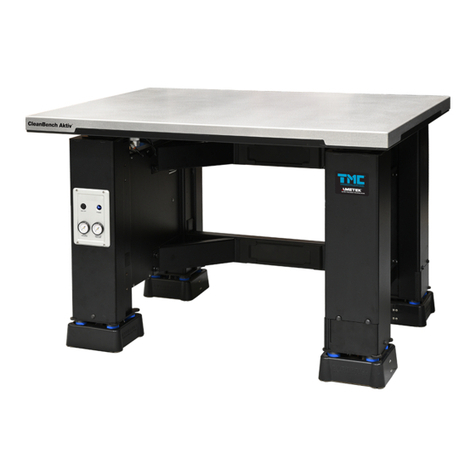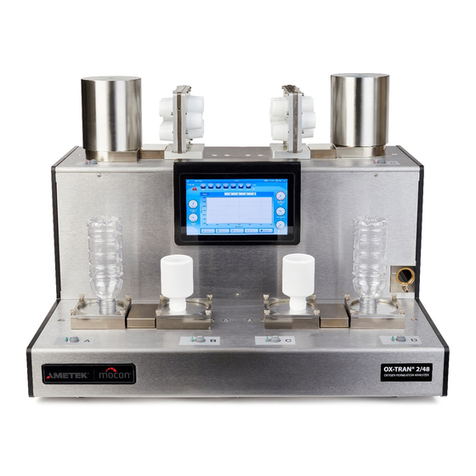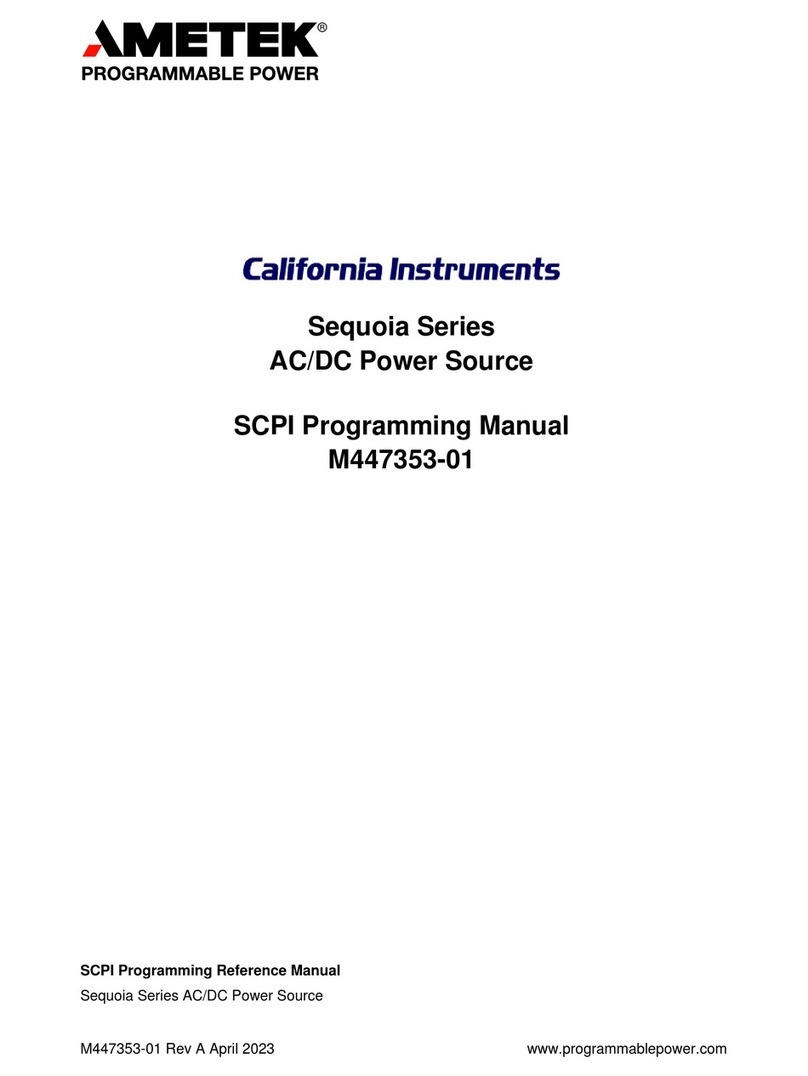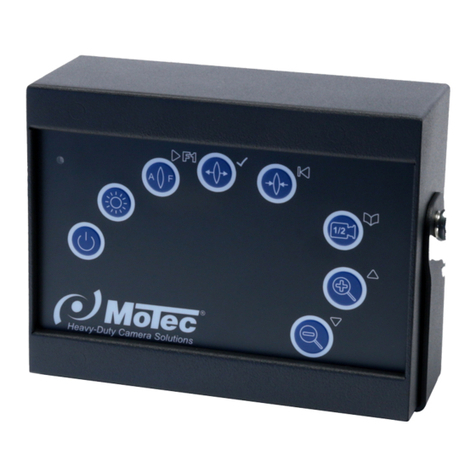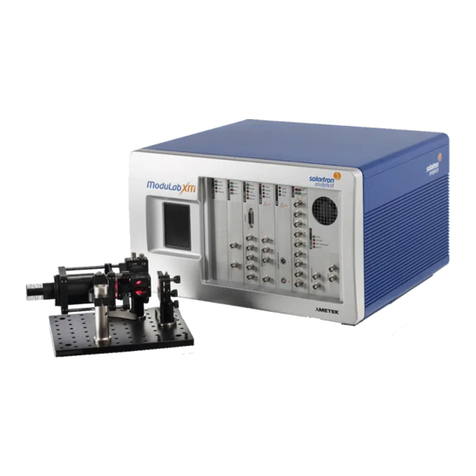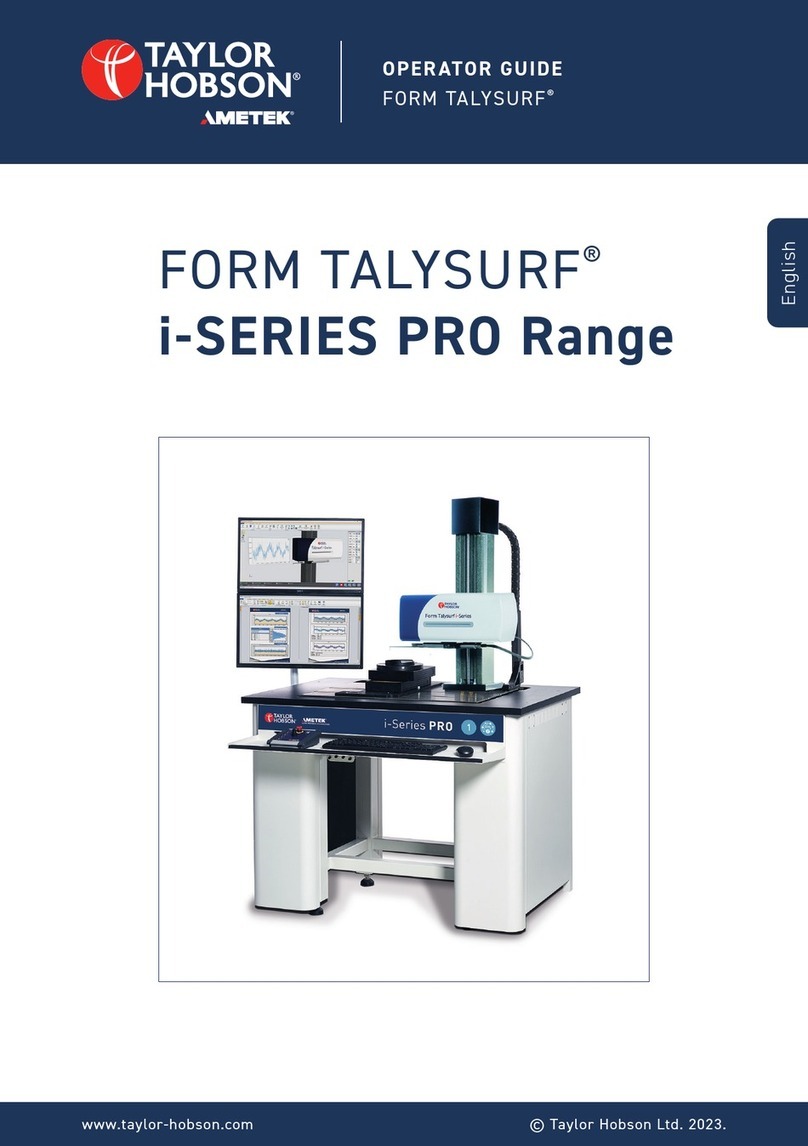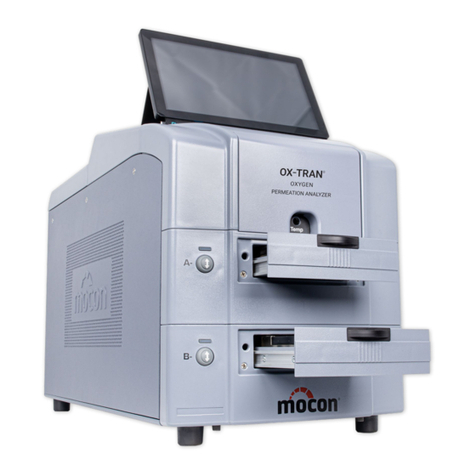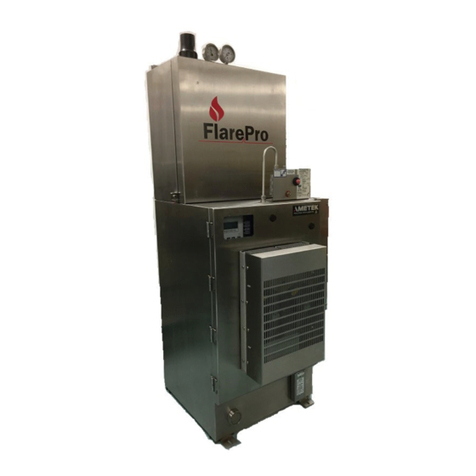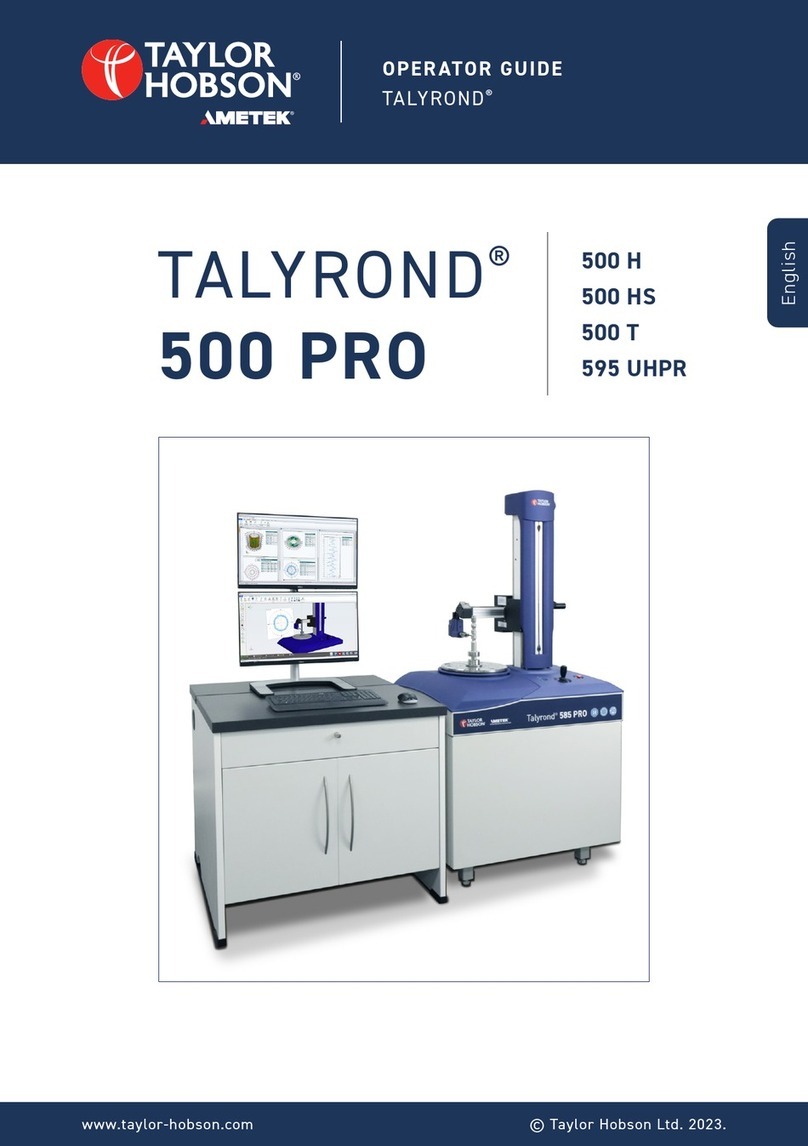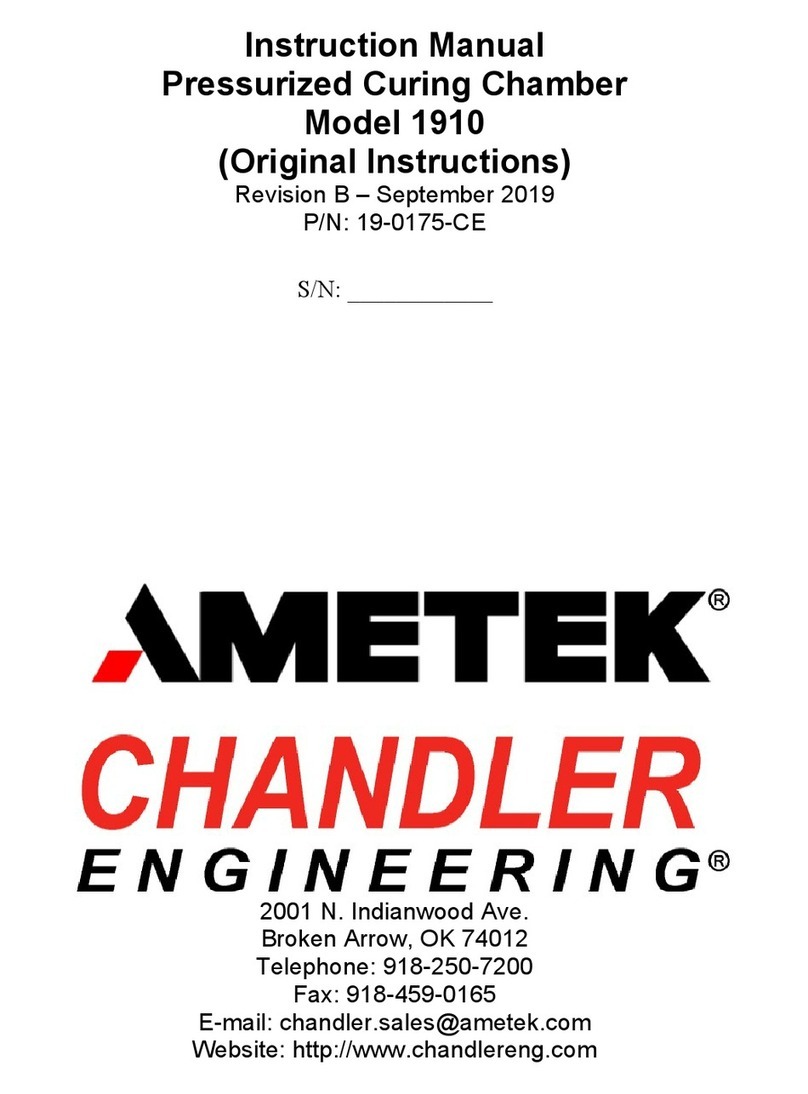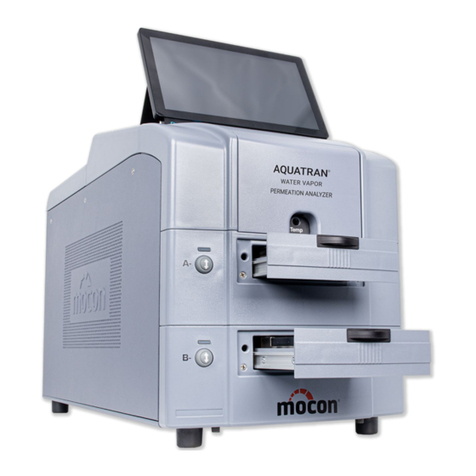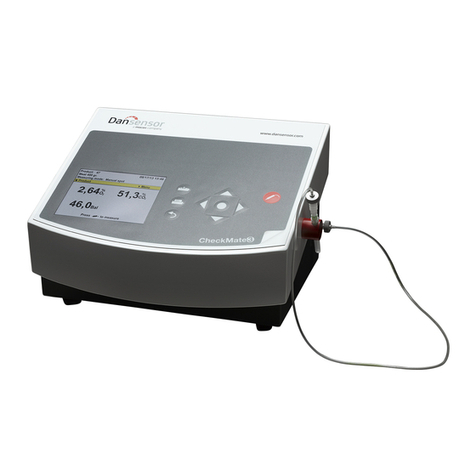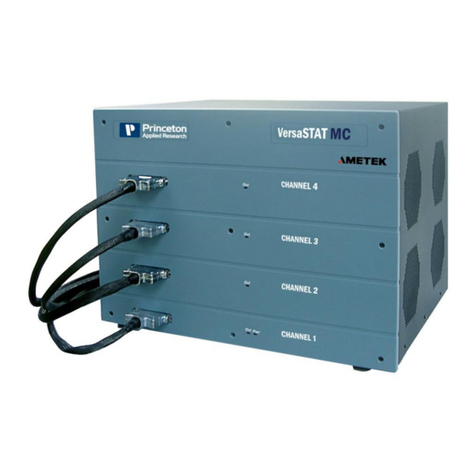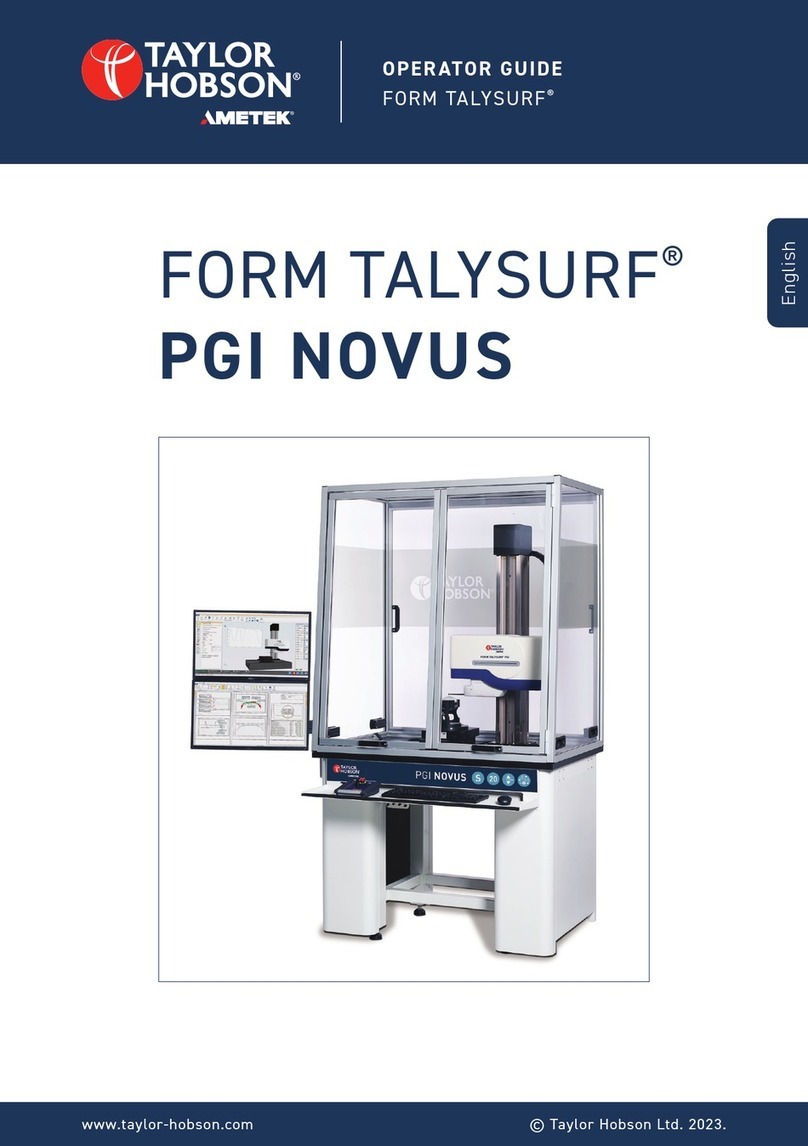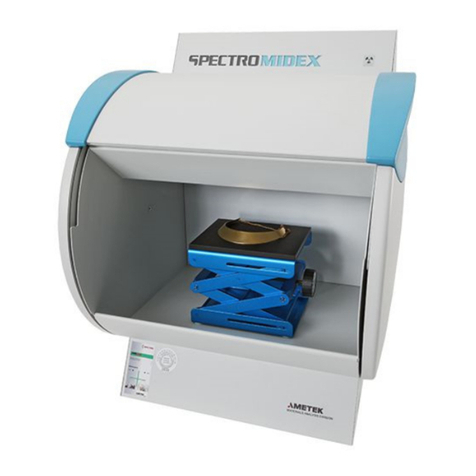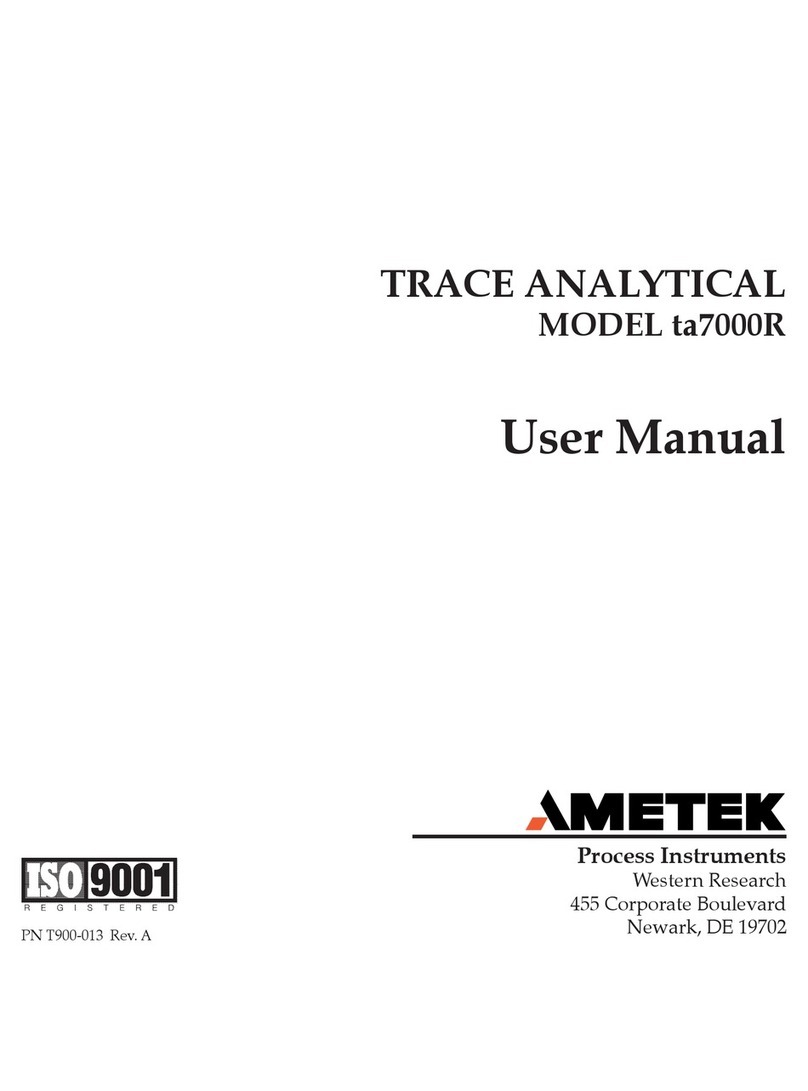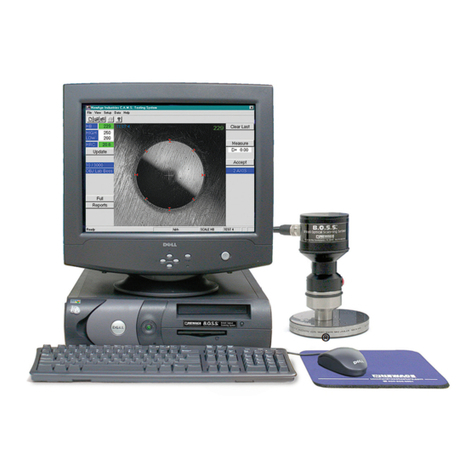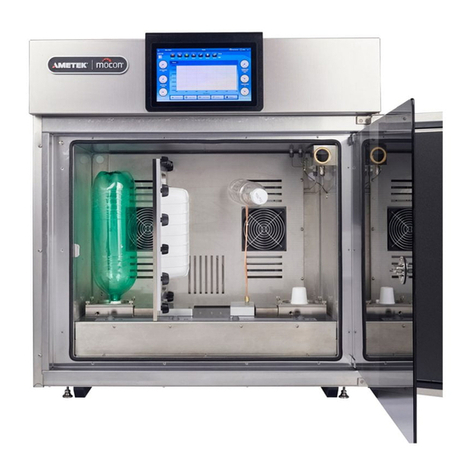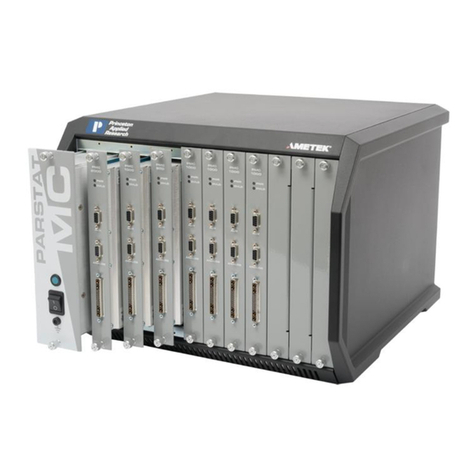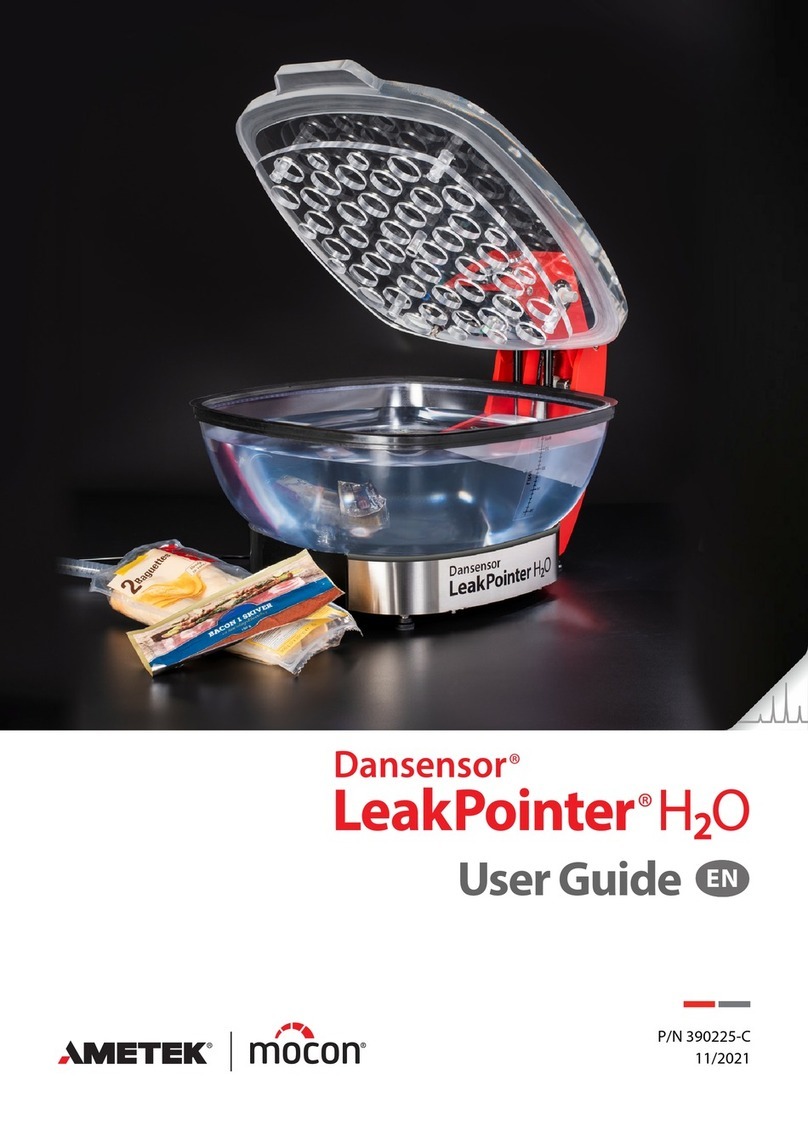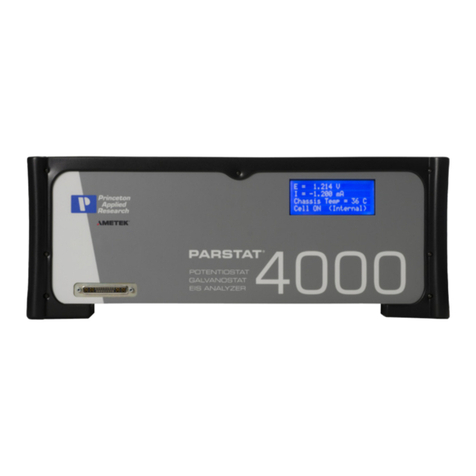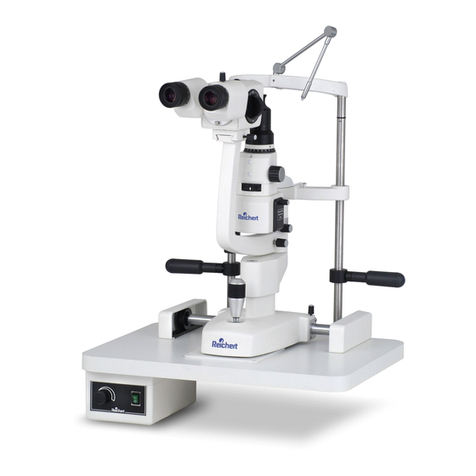1095E.MAN.REVD.072019 Page 6of 23
4.0 DESCRIPTION AND PRINCIPAL OF OPERATION
Application
The Universal Analyzers Model 1095E Acid Aerosol "Freezer Chiller" is a system on a 21" x 27" plate
designed to achieve an exit dew point of negative 13°F(-25°C). It is designed to remove moisture to a level of
650 PPM. This reduces the chances of low levels of acid formation therefore protecting downstream
components as well as minimizing losses of measured components.
The use of a heated filter and a heated sample line are required to be installed between the sample extraction
location and the input of the 1095E sample cooler. The temperature of the sample must be kept above the
boiling point of water and above the dew point of any chemical reactions that would skew the desired
analytical results.
Description
The Universal Analyzers Model 1095E Acid Aerosol "Freezer Chiller" contains a combination of Kynar and
Glass/Kynar heat exchanger type heat exchangers. These are mounted within heat transfer blocks, which are
cooled by thermoelectric elements utilizing the "Peltier Effect". The condensate is removed in multiple stages,
one at the temperature of the ambient air surrounding the Freezer Chiller by flowing through the heat
exchanger referred to as the Passive Channel, then by passing the sample into a heat exchanger cooled to
39°F(4°C) by the thermoelectric elements referred to as the Active Channel (or Channel 1). The sample gas is
then further cooled by special cascaded Peltier elements to negative 13°F(-25°C) in the freezer channels
(Channels 2 & 3) which alternate based on the user defined PLC settings.
In standard operation Channel 1 will always hold at 39°F(4°C) within a band of 1 to 2 degrees. Channel 2 and
Channel 3 cycle their operation. The normal cycle operations (no alarms) are as follows:
Channel 2 Pre-Chill and Channel 3 Off: This cycle is the initial status upon startup. The switching valve
selects Channel 2 and Channel 2 has power applied to the cooling elements until it has reached 14°F(-10°C)
or the Pre-Chill time has elapsed.
Channel 2 Dwell and Channel 3 Off: This Cycle is the main cycle for the cooling elements on Channel 2 to
chill and for sample to run through Channel 2. Note: It may need to be adjusted to be long enough for
Channel 3 to properly defrost but shorter than the time for ice to build up in the outlet of Channel 2, causing
the flow switch to trigger a 'Frozen Column' alarm.
Channel 2 Dwell and Channel 3 Pre-Chill: During this cycle Channel 2 Dwell Time completes, Channel 2
continues to cool, and sample continues to run through Channel 2. Channel 3 is triggered to cool for up to 30
minutes. If Channel 3 reaches 14°F(-10°C) before 30 minutes has elapsed this cycle will complete and move
to the next cycle.
Channel 2 Off and Channel 3 Dwell: This Cycle is the main cycle for the cooling elements on Channel 3 to
chill and for sample to run through Channel 3. Note: It may need to be adjusted to be long enough for
Channel 2 to properly defrost but shorter than the time for ice to build up in the outlet of Channel 3, causing
the flow switch to trigger a 'Frozen Column' alarm.
Channel 2 Pre-Chill and Channel 3 Dwell: During this cycle Channel 3 Dwell Time completes, Channel 3
continues to cool, and sample continues to run through Channel 3. Channel 2 is triggered to cool for up to 30
minutes. If Channel 2 reaches 14°F(-10°C) before 30 minutes has elapsed this cycle will complete and move
to the next cycle.
